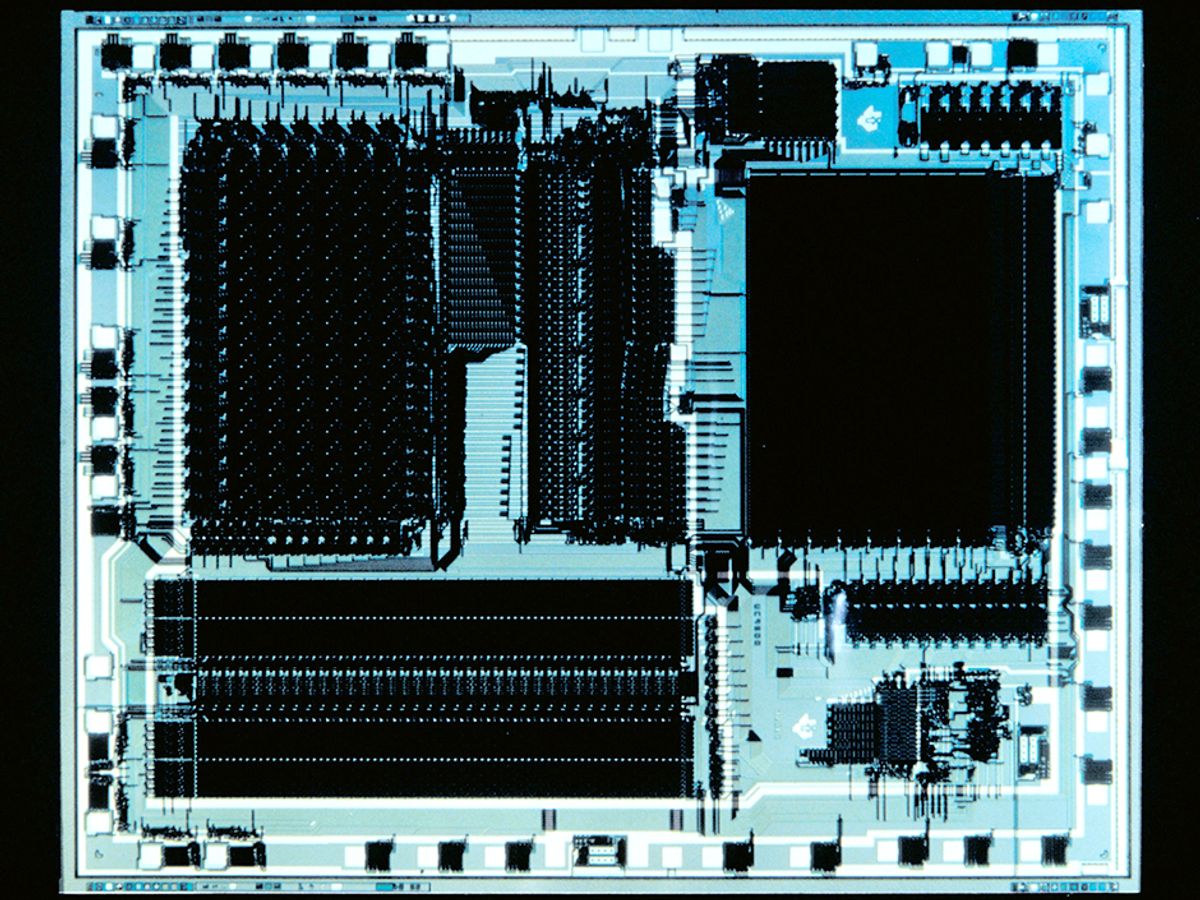TMS32010 Digital Signal Processor
Manufacturer: Texas Instruments
Category: Processors
Year: 1983
The state of Texas has given us many great things, including the 10-gallon hat, chicken-fried steak, Dr Pepper, and perhaps less prominently, the TMS32010 digital signal processor (DSP) chip. DSPs are generally used to handle complex analog signals after they have been converted into a raw digital stream. This stream would overwhelm a general-purpose CPU, but DSPs can use specialized algorithms and hardware to process the stream into something the overall system can cope with.
Created by Texas Instruments, the TMS32010 wasn’t the first DSP (that’d be AT&T/Western Electric’s DSP1, introduced in 1980), but it was surely the fastest. It could compute a multiply operation in 200 nanoseconds, a feat that made engineers all tingly. What’s more, it could execute instructions from both on-chip ROM and off-chip RAM, whereas competing chips had only canned DSP functions. “That made program development [for the TMS32010] flexible, just like with microcontrollers and microprocessors,” says Wanda Gass, a member of the DSP design team and IEEE Fellow. At US $500 apiece, the chip sold about 1,000 units the first year. Sales eventually ramped up, and the DSP became part of modems, medical devices, and military systems. Oh, and another application: Worlds of Wonder’s Julie, a Chucky-style creepy doll that could sing and talk (“Are we making too much noise?”). The chip was the first in a large DSP family that made—and continues to make—TI’s fortune.




